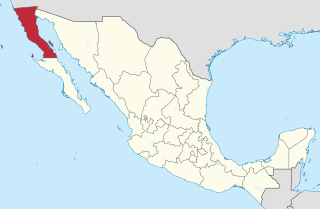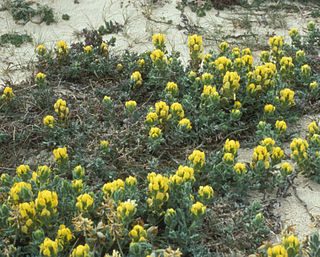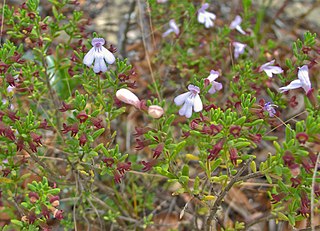| Clinopodium chandleri | |
|---|---|
| Scientific classification | |
| Kingdom: | Plantae |
| Clade: | Angiosperms |
| Clade: | Eudicots |
| Clade: | Asterids |
| Order: | Lamiales |
| Family: | Lamiaceae |
| Genus: | Clinopodium |
| Species: | C. chandleri |
| Binomial name | |
| Clinopodium chandleri (Brandegee) Cantino & S.J. Wagstaff | |
| Synonyms | |
| |
Clinopodium chandleri is an uncommon species of flowering plant in the mint family known by the common name San Miguel savory. It is native to northern Baja California and several areas of southern California, where it can be found in mountain chaparral. It is a small shrub with slender branches up to half a meter long from a woody stem base. The toothed or wavy-edged leaves are up to 1.5 centimeters long and wide, the hairy blades borne on short petioles. The herbage is glandular and aromatic. Flowers occur in the leaf axils. Each is bell-shaped with a tubular throat, the corolla white to pale purple and under a centimeter long.

The Lamiaceae or Labiatae are a family of flowering plants commonly known as the mint or deadnettle or sage family. Many of the plants are aromatic in all parts and include widely used culinary herbs, such as basil, mint, rosemary, sage, savory, marjoram, oregano, hyssop, thyme, lavender, and perilla. Some species are shrubs, trees, or, rarely, vines. Many members of the family are widely cultivated, not only for their aromatic qualities, but also their ease of cultivation, since they are readily propagated by stem cuttings. Besides those grown for their edible leaves, some are grown for decorative foliage, such as Coleus. Others are grown for seed, such as Salvia hispanica (chia), or for their edible tubers, such as Plectranthus edulis, Plectranthus esculentus, Plectranthus rotundifolius, and Stachys affinis.

Baja California, officially the Free and Sovereign State of Baja California, is a state in Mexico. It is the northernmost and westernmost of the 32 Federal Entities of Mexico. Before becoming a state in 1952, the area was known as the North Territory of Baja California. It has an area of 70,113 km2 (27,071 sq mi), or 3.57% of the land mass of Mexico and comprises the northern half of the Baja California Peninsula, north of the 28th parallel, plus oceanic Guadalupe Island. The mainland portion of the state is bordered on the west by the Pacific Ocean, on the east by Sonora, the U.S. state of Arizona, and the Gulf of California, and on the south by Baja California Sur. Its northern limit is the U.S. state of California.

California is a state in the Pacific Region of the United States. With 39.6 million residents across a total area of about 163,696 square miles (423,970 km2), California is the most populous U.S. state and the third-largest by area. The state capital is Sacramento. The Greater Los Angeles Area and the San Francisco Bay Area are the nation's second- and fifth-most populous urban regions, with 18.7 million and 9.7 million residents respectively. Los Angeles is California's most populous city, and the country's second-most populous, after New York City. California also has the nation's most populous county, Los Angeles County, and its largest county by area, San Bernardino County. The City and County of San Francisco is both the country's second-most densely populated major city after New York City and the fifth-most densely populated county, behind only four of the five New York City boroughs.















